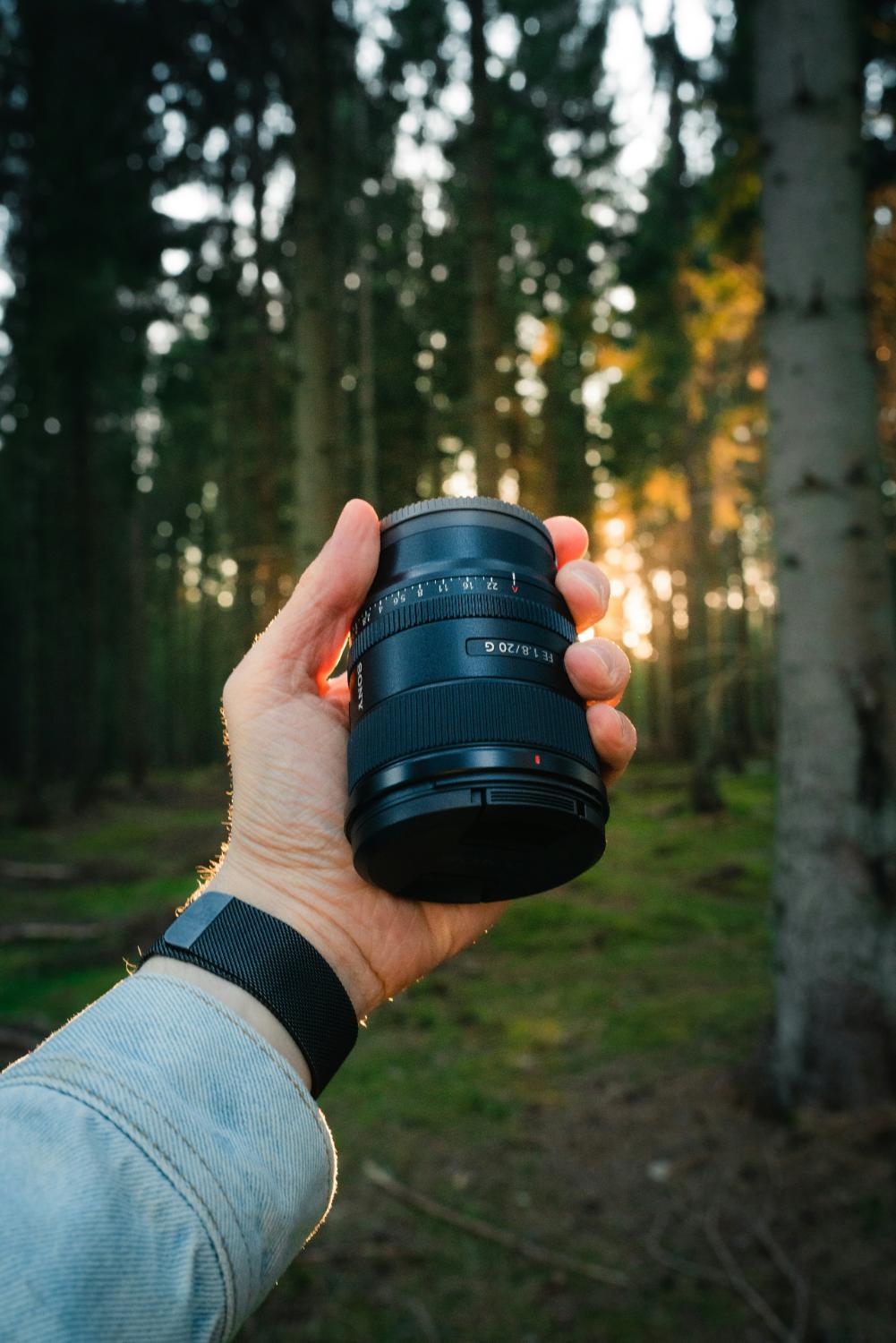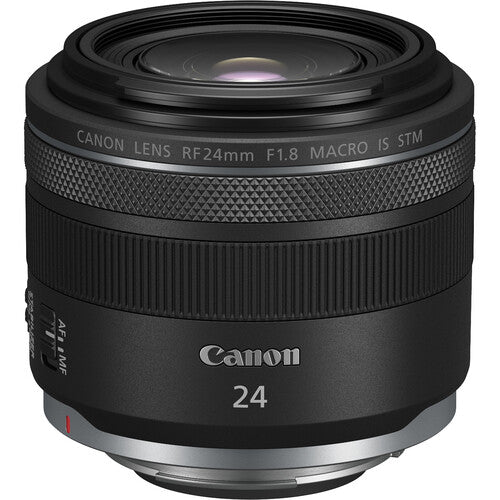
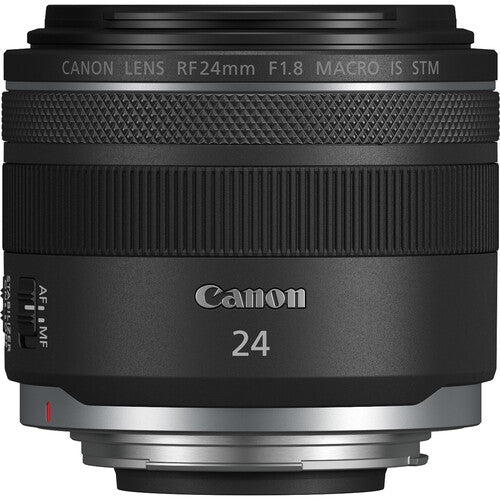
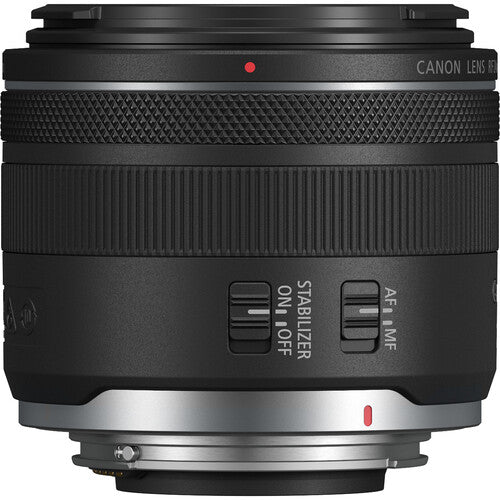
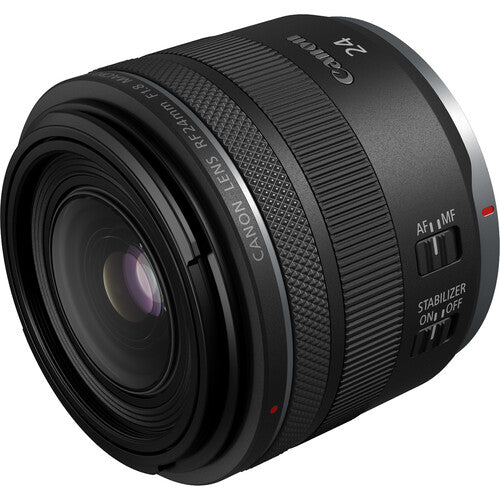
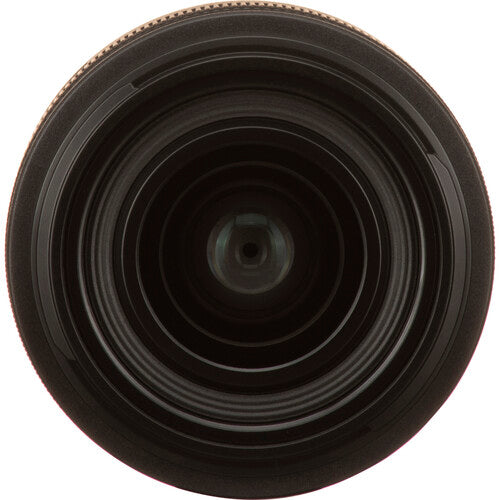
Canon
Canon RF 24mm f/1.8 Macro IS STM Lens
Pickup currently unavailable at KAMERAZ
Canon RF 24mm f/1.8 Macro IS STM Lens
KAMERAZ
Pickup currently unavailable
Kameraz, Stonemill Office Park
Darrenwood
Johannesburg
Gauteng
2195
South Africa
Choose options
Key Features
- RF-Mount Lens/Full-Frame Format
- Aperture Range: f/1.8 to f/22
- One UD Element, One Aspherical Element
- Super Spectra Coating
Mixing a broad field of view with a close-focusing design, the Canon RF 24mm f/1.8 Macro IS STM is a unique combination of an ultra-wide focal length and a macro lens. Pairing these two attributes, this lens enables shooting at close-range while maintaining a broad sense of space and increased depth of field compared to conventional telephoto macro optics.
Wide-Angle Macro Lens
- Wide-angle prime is suitable for a variety of subjects, including landscapes, nature, and street, and the close-focusing ability helps to home in on nearby subjects in between photographing broad spaces.
- Macro designation offers a 1:2 half life-size maximum magnification and a minimum focusing distance of 5.5".
- Bright f/1.8 design offers both depth of field control and suits working in a variety of lighting situations.
- One UD (ultra-low dispersion) element and one aspherical element control both chromatic and spherical aberrations for well-corrected imagery that is especially sharp and color-accurate.
- Super Spectra coating has been applied to resist flare and ghosting for improved contrast and color fidelity when working in strong lighting conditions.
- Rounded nine-blade diaphragm contributes to a smooth, pleasing bokeh quality.
Autofocus, IS, and Design
- STM stepping motor offers fast, quiet, smooth, and accurate autofocus performance that benefits both stills and video recording needs.
- Optical Image Stabilizer minimizes the appearance of camera shake by up to 5 stops, or 6.5 stops with coordinated IS, to better enable working handheld in low-light conditions and with slower shutter speeds.
- Configurable Control Ring can be used to adjust a variety of exposure settings, including aperture, ISO, and exposure compensation.



